So Godzone 2013 has come and gone, and all I can say is that this was the race that I came to New Zealand for. The course was perfectly constructed – each stage unique and epic in its scope and terrain. As a team, we entered with the simple goal of finishing the full course ranked and within the cut off times. We achieved all this and more, finishing 15th in a very competitive field.
After a disappointing result in the inaugural Godzone race in 2012 (race report here), I was keen to come back and have a proper crack at this race. The organisers put on a professionally run event worthy of its title as a world series qualifier and the NZ back country is almost purpose built for adventure racing. Arriving in Queenstown, logistics pre-race couldn’t be easier. Registration and gear check was streamlined, and with only 8 stages to prepare for, no maps to mark up and a simple logistics matrix with estimated leg lengths and times, gear preparation was a relatively relaxed affair. Not everything was smooth sailing for the team however, with Ray’s gear box getting smashed by Qantas in transit and a number of mandatory gear items totaling over $1000 lost including jackets, fleeces, a sleeping bag plus his bike head stem. He did well to source all new items prior to the start of the race including a new box – if I were in his shoes I would have been in a much more panicked state. I guess if you are ever going to be caught on short notice with need for some adventure apparel, Queenstown is the place to be.
The opening mountaineering leg from the Mt Cook village up onto the Annette Plateau for a traverse along the snow line was a spectacular start and a rare treat for an Australian adventure racer. Hopefully the pictures do it justice. We were slow on the first ascent with no towing or pushing allowed, and were passed by a number of teams. Unfortunately, this led to a rather frustrating wait of 90 mins to get onto a section of the ropes course, and in hindsight pushing a little harder earlier would have paid off to save ourselves some valuable daylight racing time early in the course. Having picked up all 3 CPs, we eventually made the quad-hammering decent back down to the river valley below and into the heat of the day.

A rare photo of Leo not waving at the helicopter, while Bec and Ray make the climb up to the Annette Plateau.
With the delay on the ropes course and the long march into the next TA, the dark zone on the next canoe leg was in the back of our minds. We were also sitting in around 23rd place and knew that we were uncomfortably close to being relegated to paddling the second type of inflatable boats, but in the end we made the cut off for both comfortably. The first stage had been surprisingly warm, and with a one kilometer portage of our gear and heavy boats, we were pretty hot and bothered by the time we hit the water, so much so that we decided to start the paddle with our wetsuits only done up to our waists. The instructions by the volunteer staff to “keep right of the icebergs when exiting the lake” should have given us a clue for what we were in for. After smashing through the first set of rapids, we were quickly pulling over to the side to rug up more. The wave trains on this section of the paddle were long and fun, but still felt relatively safe with no major obstacles or strainers and were a highlight of the race. The fast following water also helped to chew up the distance pretty quickly, but by the time we hit Lake Pukaki the sun was going down and our speed was beginning to drag again. In hindsight, we probably should have swapped paddlers at this point and everyone was pretty cold and glad to be off the water by the time we made the TA.
The third stage of the race involved a 140km bike ride south from Lake Pukaki to Dingle Burn. The riding was relatively flat on well maintained bike trails plus sealed road and the navigation easy, and we chewed through the kilometers pretty quickly. I was pretty keen to push through the night without a stop as per the original plan, but Ray was desperate to have a sleep, and I could tell Bec wouldn’t have minded a rest as well. In the end, I relented on just a 30min sleep. In hindsight we may have benefited a little more later in the race with a longer sleep here. The small climb out of Lake Ohau was rewarded with a fun decent just after dawn. It was also on this leg that Bec’s gear shifter inexplicably fell off her handlebar. The team was strung out on the road looking for the missing bolt when another team pulled up behind us to see what the problem was. When we explained that we were searching NZ for a lost bolt, one of the guys looks down, immediately points to the ground and goes “there it is” before happily riding off again. Who knows how long we would have been looking for that bolt it they hadn’t turned up.
The end of the ride from the Clay Cliffs CP to the TA was a real sting in the tail in the heat of the day and the team felt pretty beat up in general coming in to the transition. We had identified the next 60km as the crux of the race that would make or break teams and accordingly took some time in transition to recover before the long trek ahead, which we were predicting to take anywhere up to 32 hours. With packs loaded up with food, we headed off into the Dingle Burn early on the second afternoon. After difficulty finding our intended track out, we decided on a more direct spur which climbed steeply into the surrounding hills, before opting for the more northerly route option over Birch Hill. It was decided amongst the team that calling the peak we were climbing a “Hill” was a little unfair – surely anything that stands at 1877m and is that craggy and shrouded in scree slopes justifies the title of “Mountain”, but I guess this is NZ after all. We hit the top of this climb just as it was getting dark and starting to white out, and there were some nervous moments amongst the team in the intimidating terrain. Fortunately we had Leo with us, our own personal mountain goat who was able to ferret a route up and over in the dark and ensure we didn’t get bluffed out or stuck on any dangerously steep scree slopes. Apparently his technique involved tracking a pair of Salomon Speedcross tread patterns in the dust ahead.
We took our second sleep of the race sheltered on the edge of the ridge at about 1500m altitude on the decent down to CP11, over sleeping the alarm extending our stop from a planned 2hrs to 3hrs. At CP11, the sun rose and it was route choice time. We could either face another climb and traverse to CP12 in the heat of the day similar to the one we had just done, or opt for a long flat walk out and around on the road along the shore of Lake Hawea, which would add about 15km but be much easier travelling, a route option which we had discussed with Rob from Team Macpac prior to the race. In the end, the longer/easier route option prevailed (despite having cut off most of the map for this section of the course from our maps) and we managed to move from 21st to 17th place on this leg of the race. A fast tramp out from CP12 to the next TA with Ray in a half-sleep auto-pilot mode had us crash in a woolshed for our third sleep of the race after a 35 hour stage.
Bikes were built and we were off on a short but tough bike ride towards Wanaka. The leg started with some tough hike-a-bikes over some grassy farm tracks, along with a cruelly placed CP down a steep fence line. The looming dark zone on the upcoming paddle had always been on the back of my mind for the past couple of days racing. Our original plan had us making it through in time on the fourth day, but with the hold up on the ropes and a slower than expected trek through Dingle Burn, I had all but given up hope of making it in time to the Clutha River to beat the darkzone. However the team pushed hard on this leg, enjoying a gob-smacking 1000m decent with 360 degree views of Lake Hawea and Wanaka towards the end of the ride and the team was buzzing. We made excellent time despite a broken chain and flat tyre, coming in well under our expected predictions for this leg and easily making the cut off for the dark zone. Amazing to think that by this time Seagate had finished the full course and were enjoying showers and a hot meal back in Queenstown.
Stage 6 was to be another monster with a 90km kayak down the Clutha River and an out-and-back paddle on Lake Dunstan. With the river flowing quickly due to the outlet from Lake Hawea, it turns out we needn’t have been too worried about the cut off time with an average boat speed of 16km+/hr, knocking off the first 48km river section of the paddle in under 3 hours. After hitting Lake Dunstan, we pulled over for a quick break to stretch, eat and put on some warm clothes – a break that frustratingly grew to almost an hour of lost day light.
On the paddle up Lake Dunstan, it got dark just before hitting the bridge to Cromwell, but with only 25km left to go, we were hoping to make it to the TA before sleeping and starting on the last tricky trek at first light. However, at this point, Bec started to suffer from being cold. We paused so that she could put on some more layers. A little further on, she was still feeling cold, so I offered to give her my jacket from the front of the cockpit. Sitting in the front of the boat, I didn’t realize how bad things were turning for Bec out back, but the others could see she was going down hill quickly and we pulled in to shore. Unfortunately, in the dark the only place we could find was an unstable rocky outcrop where only one person could get out at a time. Despite layering up with everything she had available, Bec was well on the way to hypothermia so the call was made to get her back into the boat and into Cromwell where we could get her dry and warm. The human body is a funny thing – the ambient temperature was pretty mild (I was wearing just a shirt and knicks in the front of the boat and was fine), but we had obviously pushed things a little hard on the previous day, and that combined with being wet had Bec in a situation that could end the race if not managed immediately. We decided to take our sleep now, bunking down in the women’s toilet block at Cromwell with Bec in a sleeping bag and foil space bag and on a thermal mat that somehow had made it’s way into the boat from the previous camp box. All told, we managed to give her a 6hr sleep and come good again, and by the early morning she was fine to don wet clothes and finish the paddle.
The drama for the paddle leg was still not over with though. The full course required an out and back paddle to a single CP hidden up an inlet on Lake Dunstan. Navigation on the lake at night was tricky as the landscape was virtually featureless (no major bends, narrowings, etc) and I was having difficulty judging distance based on paddle time because we were constantly stopping and starting. On top of all this we reached a point on the lake where despite a strong tail wind and paddling hard, we were barely moving forward. There seemed to be some kind of strong current running against us. For the rest of my life, I’ll never be able to explain what caused that current on what effectively should be a flat lake, but the only way we could move forward was to paddle over to the opposite side for a short section, before crossing back again. Unfortunately, this coincided with us crossing the lake at the exact location of the CP, missing it in the dark. By the time we were able to relocate at first light, we had paddled almost 3km past the check point – our only real navigation mistake for the race, costing us about 45min.
On the paddle back to the TA, we were met with a strong head wind and had to hug close the shoreline. At our stop in Cromwell, we had also spied a bakery. At first I was indifferent to whether we stopped for food or not, but once it was decided we would visit the bakery, it was all that I could think of. Unfortunately, the bakery was closed, but the store next to it was open. As Leo put it, “the only thing better than a bakery right now is a café-bakery” and that’s what we found! One of the things I love about adventure racing is that a hot shower will never feel as nice, a warm bed never feel as soft and food never taste as good. Hand-on-heart I can say that the $25 I spent on baked goods from that café was the best food I’ve ever eaten in my life. The hour stop was well worth the moral and energy boost to the team after what had been a tough night.
Pulling in to the TA well over 20 hours after starting the paddle I was again rewarded by having my family and baby girl come to watch us on the course. I was kind of hoping that I would see them during the race, to the point where I thought I had spotted them a number of times earlier in the race, when it turned out to just be random spectators. The false sightings had gotten to the point that I didn’t recognize them when we first spied them waving from the shoreline. Having an audience spurred us on to transition quickly and make the most of the daylight for the final trek leg of the race over the Pisa Ranges.
The trek up onto the Pisa Ranges began with a 1000m+ climb onto what was a navigators wonderland: open rolling terrain dotted with rocky outcrops called tors that were a feature of all four control sites. During the daylight hours, you could pick your route out from a couple of miles off. We managed to collect our first two easier CPs in the daylight, before it got dark on the way to the third CP and the crux of the leg. I had been agonizing over this specific route choice for the whole stage. Fortunately, we managed to make a high point with enough light left to see that the original creek-line route I had selected would be nearly impassable due to a dangerously steep section half way up ‘Colour Burn’. A suggested route change by Leo and some attentive navigation in the dark saw us to the tough third CP before our final sleep of the race under a tor at 1500m. We finished this trek at first light, and along with the white-water paddling and some of the long bike ridgeline descents on the high plains, I would rate this trekking terrain as one of the top three highlights of the race for me.
After 5 days of racing, it was on to the last 72km ride home. By this stage we had managed to climb into 15th place despite the setbacks on the paddle leg. There was still some work to be done getting over Mt Allen, but from there it was a ripping descent into the river side track network. When we left the dirt and hit the sealed Crown Range Rd, we were pulled up by a supporter from the Heartland Ricoh team who had driven out onto the course to meet his team and give them instructions on the best route choice through the final CPs into town. He tried to share these directions with us as well, but what was more of a concern is that he would be able to give his team a split time on how far behind us they were. After working so hard that day, we didn’t want to give up a place now and there were a few nervous moments when we had another flat tyre, then overshot the turn off to the canyon swing. The canyon swing was a great novelty at the end of the race. I’ve never tried something like that before, mostly as I normally can’t justify the outrageous cost for a quick thrill, so it was great that the race gave us a chance to give something new a go. Certainly I was too tired to be nervous about stepping off a 109m fall, but hats off to Bec who did the drop head first.
The final kilometers into town flew by with people honking their horns and cheering us on. That finish line feeling is why I do these races, and it was great to share it with not only my team mates and a small crowd of volunteers and organisers, but with my family as well who had come along in support of the race. Champagne, pizza and a Furg burger at the finish line capped it all off.
The list of “thank yous” for the race is long, but firstly a big shout out to Leo, Ray and Bec. It was great to share the journey of training and preparation with a team so committed to finishing and for first time expedition racers, you guys killed it. In particular I’d acknowledge Bec’s efforts, who is relatively new to AR and would be fair to say was doing it pretty hard for most of the race but never once thought of quitting. Also a big thank you to my wife, parents and mother in law for looking after a sometimes grumpy 7 month old baby while I got to go off and play in the NZ back country for a week. Also thanks to all those that followed from back home for their positive comments. Finally thanks to the 100% Pure Racing organizing team, Warren, Adam, Anna and company – you guys really nailed it this year. A faultless course, and I’ll be back next year for sure, this time to have a better crack at “racing” it.
After the race last year which didn’t go as well as hoped, I wrote down a list of things that I would do differently if I had my time over. I actually found this list quite helpful for this year’s race, and so as an exercise I want to repeat it so that I can improve as an expedition racer. So below is a list of things that did and didn’t work during 2013 Godzone, trivial or otherwise:
- Duplicate copies of 18 x A3 maps – bring more contact next time! We had to trim down our maps as we were short on contact covering to the point where we cut off some vital route information.
- Having an extra set of maps meant we could share the load of co-navigator, and was a reassuring backup in case we lost a map. I’d always take this option if it were available.
- I feel like we slept way too much in the race to be competitive (an average of 3.5 hours a night) and had too many long stops without sleep. An ideal philosophy would be that if you’re not moving, you’re sleeping. In saying that, we were able to move relatively quickly when we were on the go, and made very few navigation mistakes, so perhaps that had something to do with the extra sleep.
- Having magnetic north lines on the map made quick navigation in the field so much easier, particularly when orientating the bike mapboard on the go.
- Our transition times improved through the race, but I believe this is an area where experience really shows.
- I was the only one on the team with an alarm clock, and despite setting two alarms, I over slept a number of times. It became very nerve wracking halfway through the race going to sleep not knowing if we’d wake up 12hrs later! Next time, I’d bring a small digital clock with a noisy alarm and some kind of snooze function that went off every 5 minutes.
- I found that when the team scattered out and slept in different locations (for example within a TA) it was a lot harder getting everything going again. In a dry race like the one we had this year, we could have gotten away without even using the tent and saved us all the hassle of setting it up.
- This year, I could have gotten away with lighter and fewer clothing options as it was quite a warm race, but I didn’t have those options with me. I never used all of the mandatory clothing kit this year. It would be a different story if it was a wet race however.
- After 3 expedition races, I finally feel like I’ve got a handle on what food works well, and how much I need. I was definitely the biggest eater on the team, but in the future, I’ll be carrying lighter food bags into each leg.
- I love the comfort and functionality of my Macpac Race Amp 40 pack, but at 1.2kg it’s too heavy for a race pack. I’ll be looking for a lighter alternative option next year.
- Godzone this year is the first time I’ve used a seat post rack on my bike. I was able to off load all my gear and leave me with just food and a little water on my back. This made for much easier riding, although the bike was a tank to haul up hike-a-bikes.
- I’ve always used a light Petzl Myo XP head lamp for trekking stages. However, in the future I will opt for something more powerful for feature spotting at night and just take the weight hit.
- I loved the format with fewer, longer legs. It made the race seem more expeditionary whilst easing the burden of pre-race logistics. I hope the organisers stick with this format in the future.
- I also love that the race is going to a new location. As an international racer, it gives me the chance to explore a whole new area of NZ, which is ultimately why I do these races. It is also more appealing for my family to come over and visit somewhere new while I’m racing, and the major reason I’ve gotten the green light for next year.
- The race had short course cut offs that weren’t applied until late in the race, and even teams that were short coursed still got to do every stage, just an abreviated version of each stage, which is great for middle- to back-of-the-pack teams.
- I felt like this year I managed to navigate well, but wasn’t sure if I always opted for the fastest route options. I’m comfortable navigating up and down major spurs and ridgelines, or following track and river valleys for a required distance. In looking at some of the alternate route options proposed by the organisers or taken by the lead teams, they often took shorter routes even though it meant dropping off ridgelines or cutting across steep water courses. Furthermore, the ridgelines got difficult at higher altitudes where the terrain got craggy. These choices are something that I think will only come with practice navigating in NZ terrain. Race maps with our original route choice highlighted can be found here.
- I might look at taking a foil bivy sack in lieu of a mandatory space blanket. The small weight hit (200g vs 60g) would open up way more sleeping options depending on conditions – ie it could be combined with a sleeping bag in super cold conditions, or be used on its own in warm conditions and negate the need to pull out a tent or sleeping pad.
- Trekking poles were a must for us on this race, and the terrain was so open I managed to get through without the need for gaiters and barely a scratch on me.
- I need a better way to attach my map to my PFD/kayak skirt. Having it under the bungees on the boat is too far away, and not a great option in whitewater.
- Above all else, the team you do these races with is the most important deciding factor on making it to the finish line. I’ve raced with some great people in the past and was again blessed to do so at Godzone 2013.
- An extensive album of photos from the race can be found here.

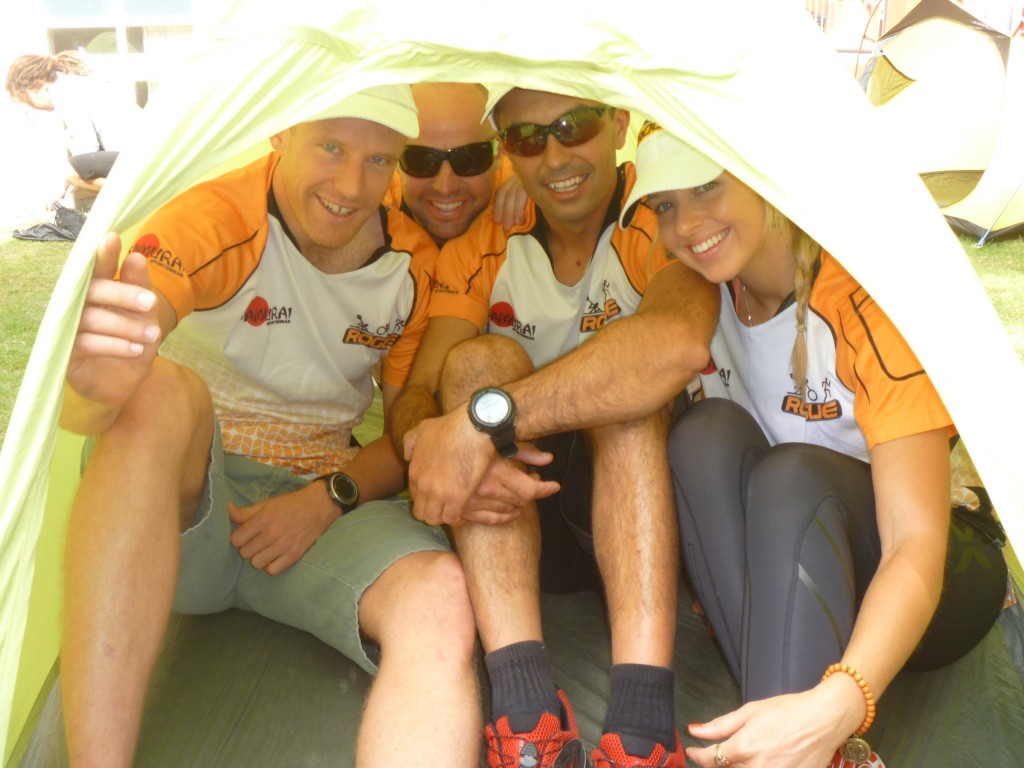
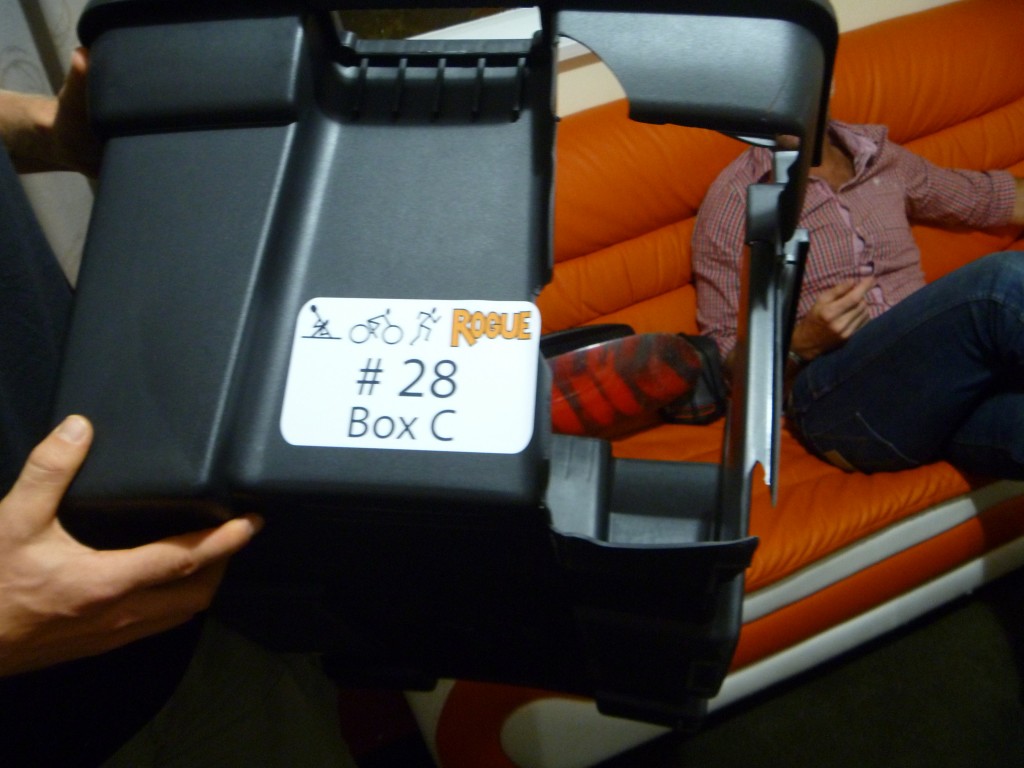


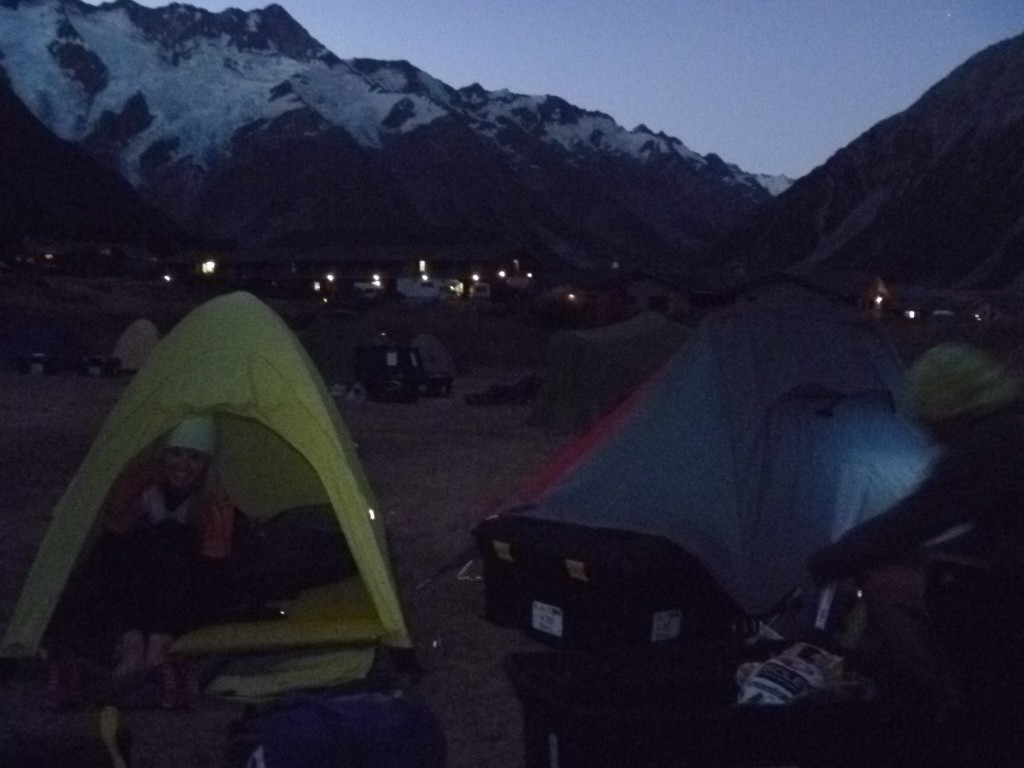
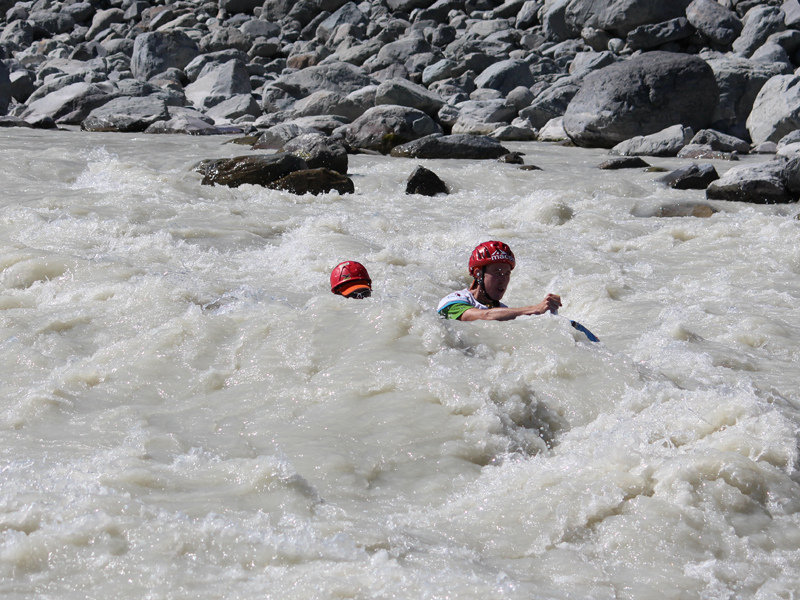
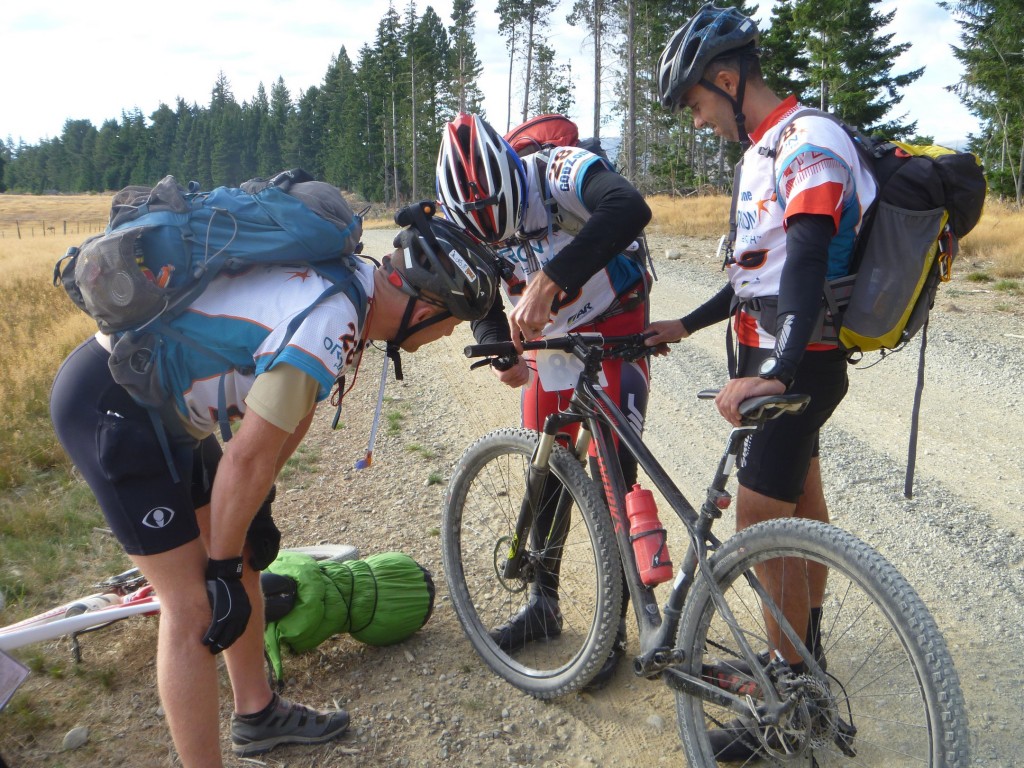


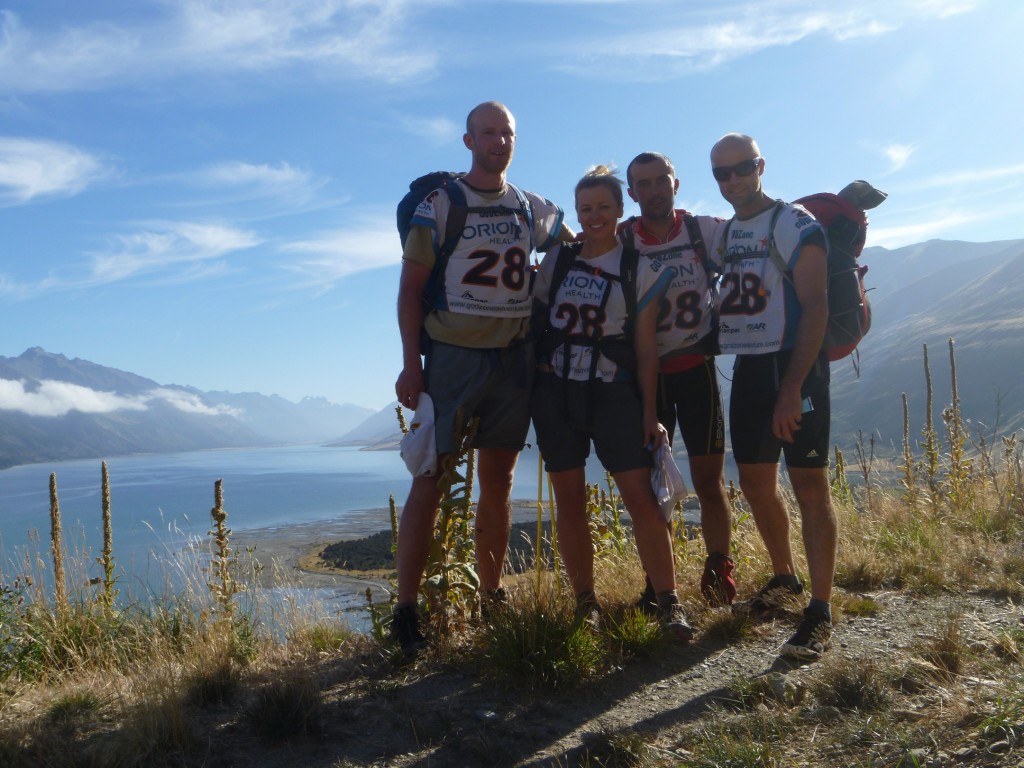


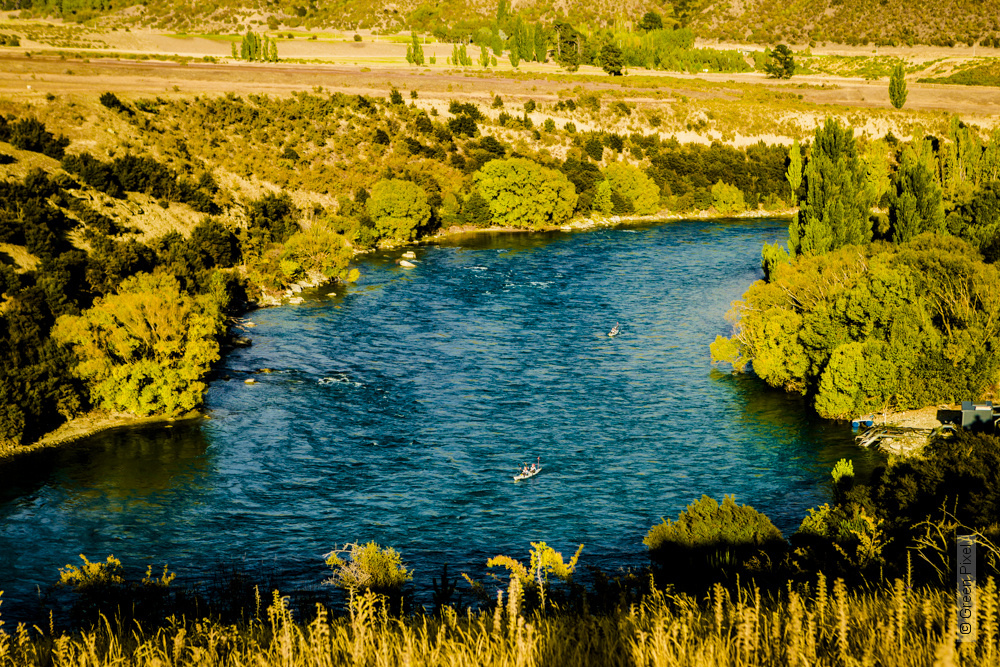
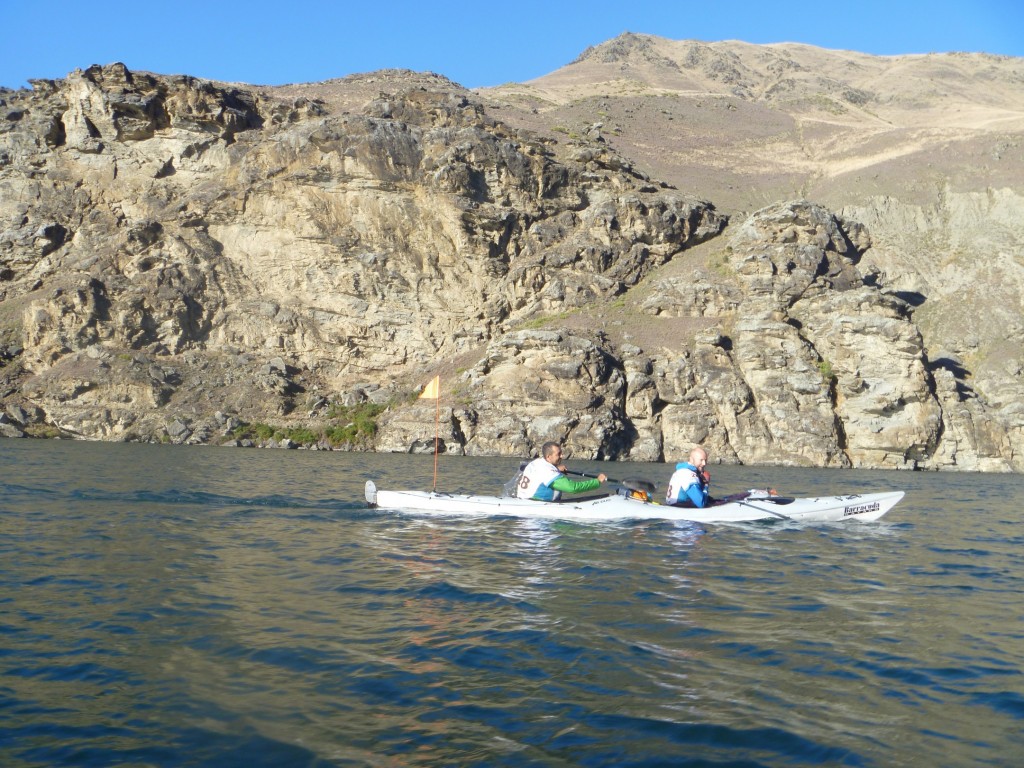
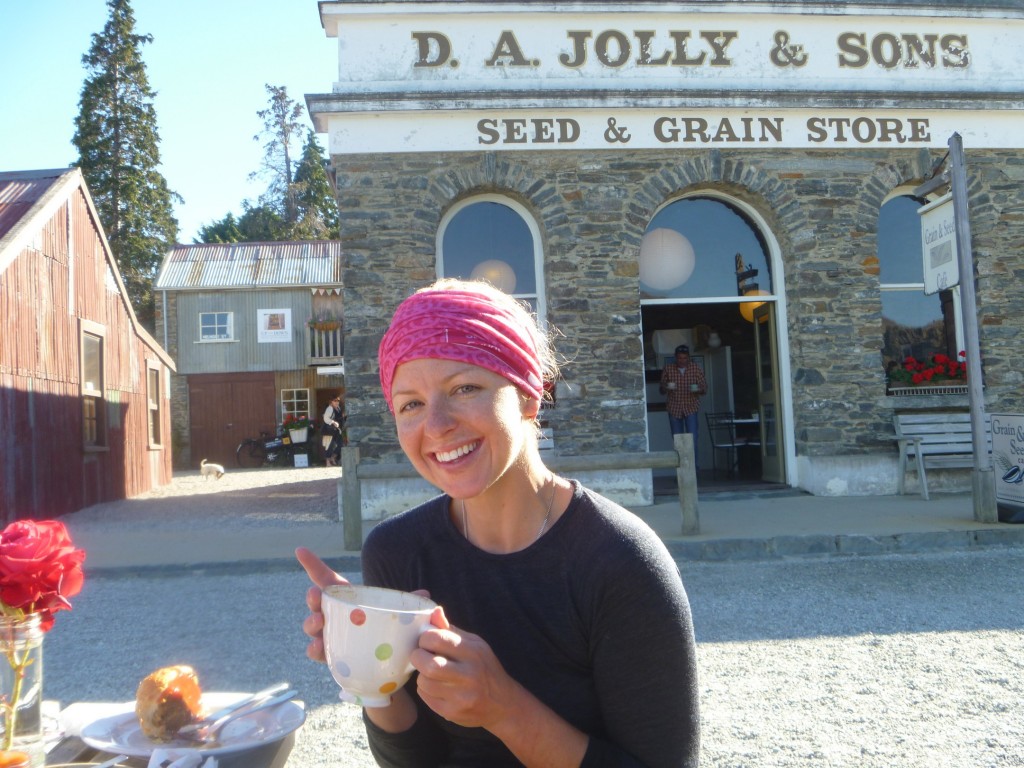
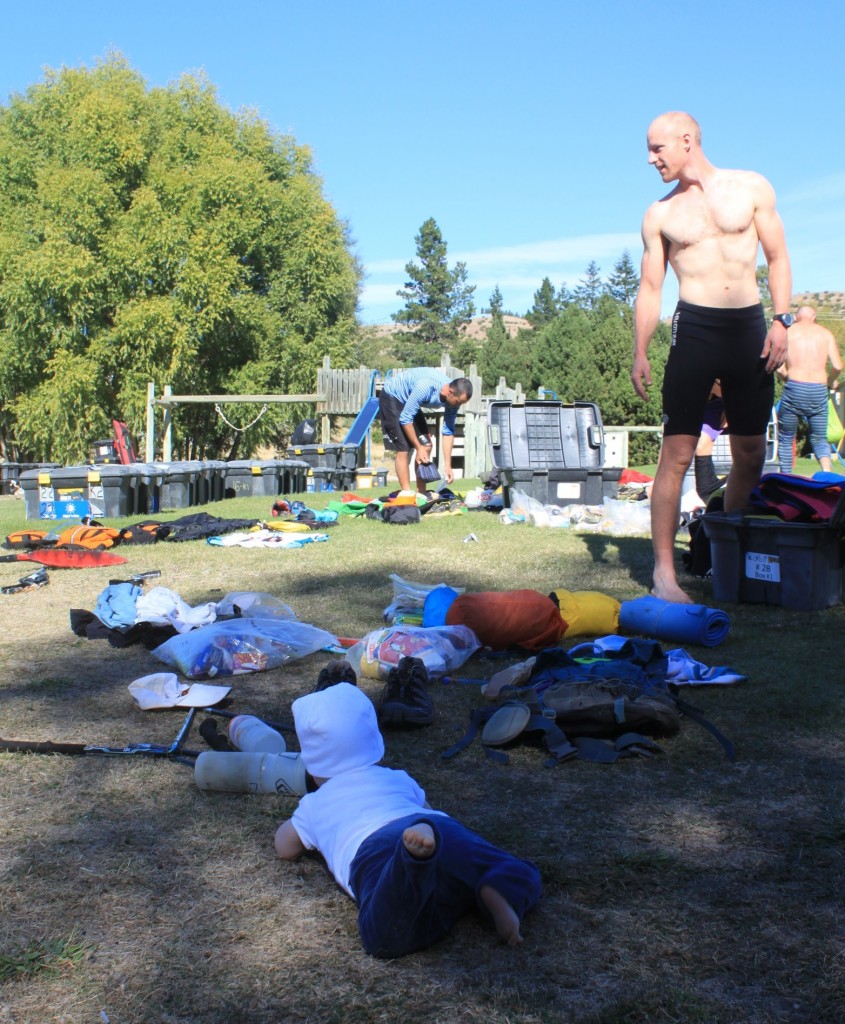
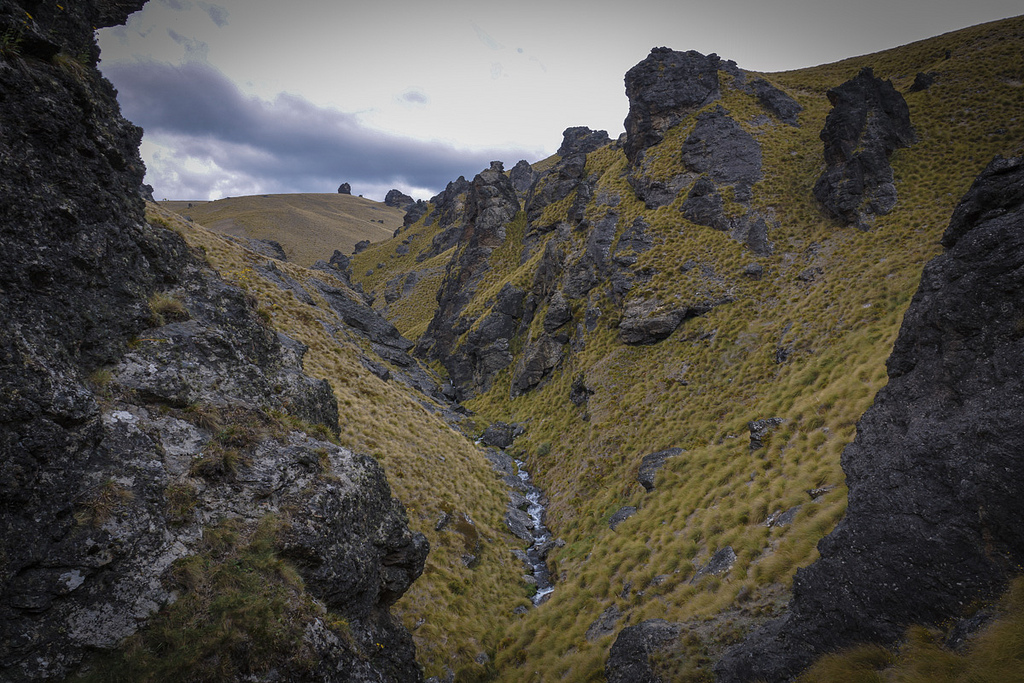

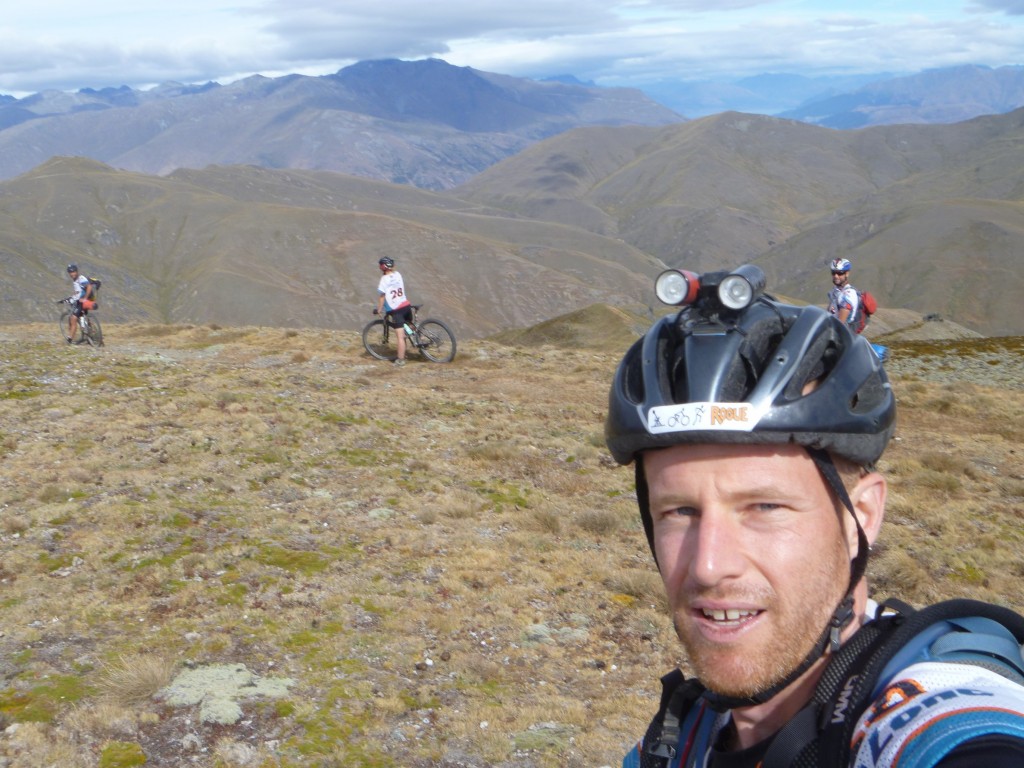

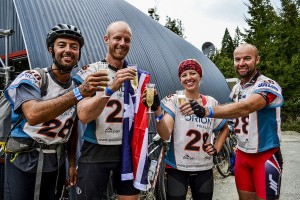
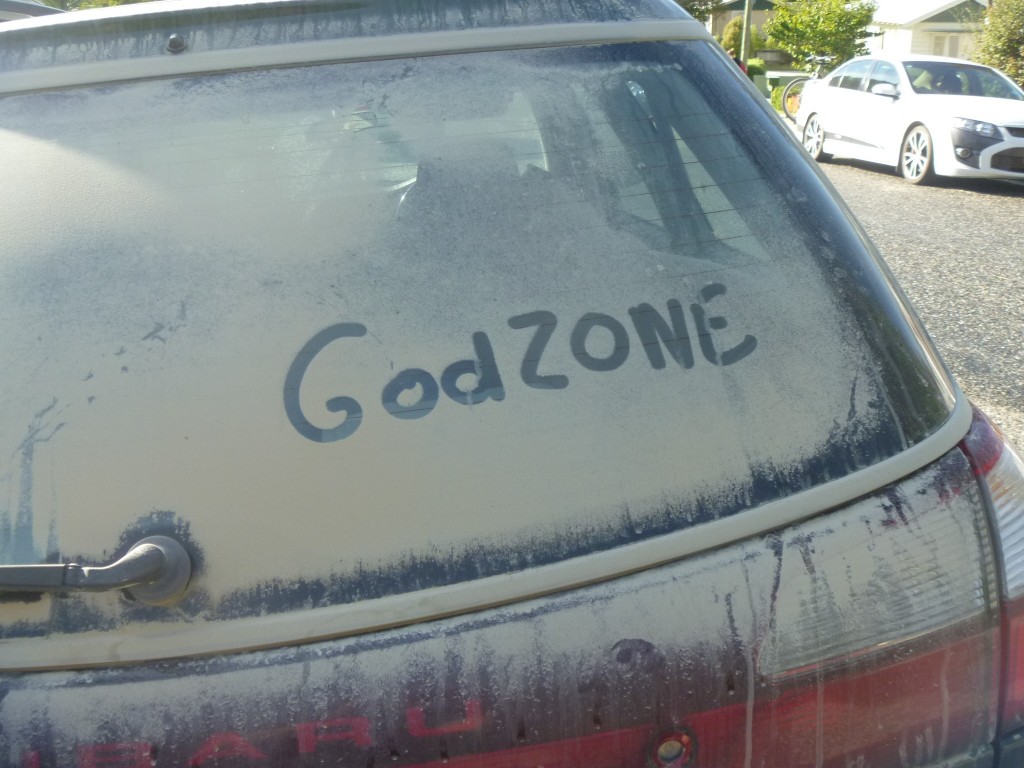

Fatal error: Uncaught Error: Call to undefined function ereg() in /home/public/wp-content/themes/canvas/includes/theme-comments.php:64 Stack trace: #0 /home/public/wp-content/themes/canvas/includes/theme-comments.php(19): the_commenter_link() #1 /home/public/wp-includes/class-walker-comment.php(179): custom_comment(Object(WP_Comment), Array, 1) #2 /home/public/wp-includes/class-wp-walker.php(144): Walker_Comment->start_el('', Object(WP_Comment), 1, Array) #3 /home/public/wp-includes/class-walker-comment.php(139): Walker->display_element(Object(WP_Comment), Array, 1, 0, Array, '') #4 /home/public/wp-includes/class-wp-walker.php(332): Walker_Comment->display_element(Object(WP_Comment), Array, 1, 0, Array, '') #5 /home/public/wp-includes/comment-template.php(2250): Walker->paged_walk(Array, -1, 0, 0, Array) #6 /home/public/wp-content/themes/canvas/comments.php(43): wp_list_comments(Array) #7 /home/public/wp-includes/comment-template.php(1554): require('/home/public/wp...') #8 /home/public/wp-content/themes/canvas/content-post.php(67): comments_template() #9 /home/public/wp-includes/template.php(772): require('/home/public/wp...') #10 /home/public/wp-includes/template.php(716): load_template('/home/public/wp...', false, Array) #11 /home/public/wp-content/themes/canvas/includes/theme-advanced.php(107): locate_template(Array, true, false) #12 /home/public/wp-content/themes/canvas/single.php(31): woo_get_template_part('content', 'post') #13 /home/public/wp-includes/template-loader.php(106): include('/home/public/wp...') #14 /home/public/wp-blog-header.php(19): require_once('/home/public/wp...') #15 /home/public/index.php(17): require('/home/public/wp...') #16 {main} thrown in /home/public/wp-content/themes/canvas/includes/theme-comments.php on line 64